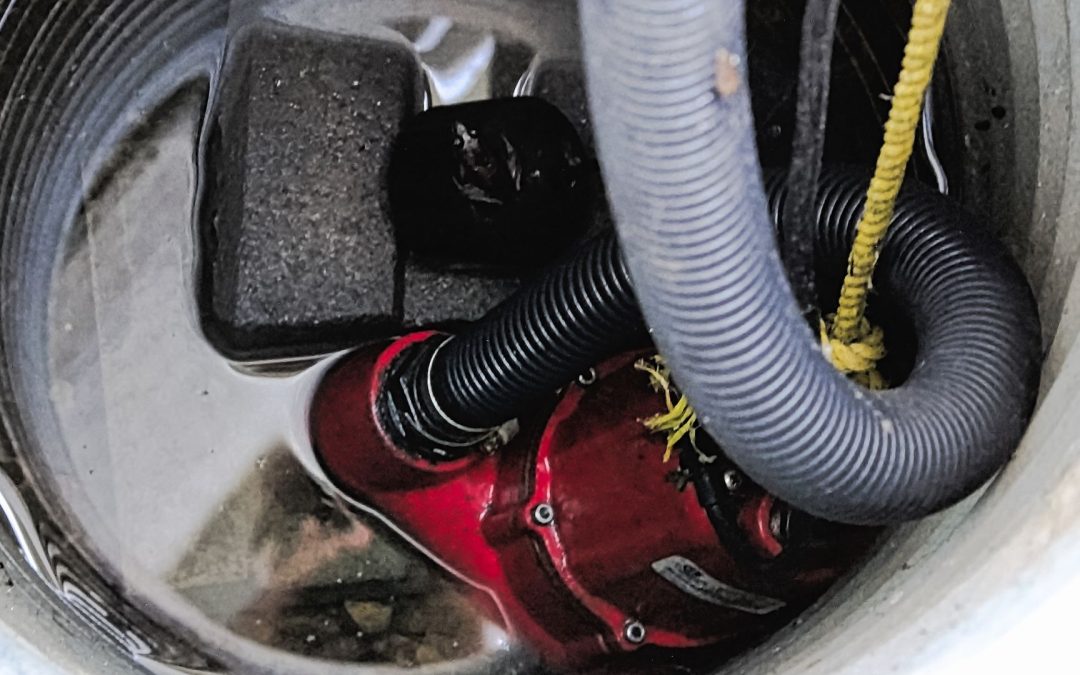Finding water in your basement can be a homeowner’s nightmare. Standing water in your basement is dangerous, damaging to the home, and expensive to remove and repair. Although it does not explain what the source of the water may be, a sump pump can be a great resource in removing water from your basement. However, it’s important to plan the installation carefully, as it isn’t an easy one.
Why Does Water Get into the Basement?
Despite the very best efforts in design, water getting into basements is a common problem. Several sources could be the issues. Old pipes or plumbing can deteriorate and give way. Flooding outside the home can allow water to collect in the basement. Oversaturation of the surrounding ground can also cause water to come inside. Although this looks bad (and in many ways IS bad), it’s actually better than some alternative effects. Saturation of surrounding soil puts additional pressure on the walls of your basement, which has the ability to cause damage or even collapse. The collection of water inside the basement removes some of the pressure from the walls, which means you need to be careful about removing the water. It’s recommended that you remove only one foot of water per 24-hour period at first in order to keep stabilization.
How Should I Handle the Cleanup?
It’s very important to not touch standing water in your basement. Since water is an electrical conductor, you must make sure to cut off all electricity to the area before any starting efforts stop the source or remove the water. Call your electricity provider if you need any assistance with this step. Once the area is deemed safe for cleanup, the first step is to assess any points where water may still be actively coming in. Removing the water won’t do much good if it’s still pouring in. You can contact us to determine the source.
A pump is the fastest and most efficient way to remove the water from the area. You may need a generator or gas-powered pump if electricity has been cut off to the area. If that is not an option, consider removing the water manually via buckets or containers. This will likely call for help from friends, depending on how much water has collected. You will need to check all belongings and furniture that have been subdued in water. If they cannot be properly cleaned and tried, they are susceptible to mold. Cardboard and carpet will need to be discarded. If you have drywall, you’ll also have to remove and replace it. Once most of the water has been removed, it’s down to the final clean up using mops or wet vacs. Then you’re on to making the needed repairs to the area.
Sump Pump Installation
For quick removal of water at the time of the problem as well as future issues, a sump pump installation can be the best resolution. If you’re considering a DIY project, be sure that you’re prepared and thoroughly researched. It’s important to make sure the area is dry and is forecasted to be so in the coming days. Making sure you have all the correct tools and materials prior to starting will be important. It’s also important that you’re working to channel the water away from home where it won’t re-enter.
How a Plumber Can Help With a Sump Pump
Like most plumbing related jobs, installing a sump pump is a difficult process that can quickly feel overwhelming. Don’t underestimate the efficiency of calling a professional; the team at Fite Plumbing is ready to help. A plumber can help dry the area and make sure it is ready for installation. They’re also trained to install and check for any further issues.
Are you on Facebook? We are, too. Let’s be friends!


